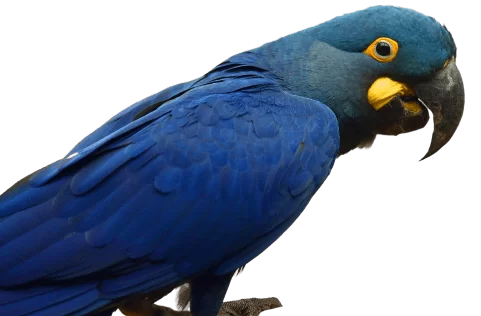Lear’s Macaw
Project 1
The mystery of Lear's macaw.
Anodorhynchus leari
From the European mystery to the heart of the Caatinga: the saga of the Lear's Macaw!
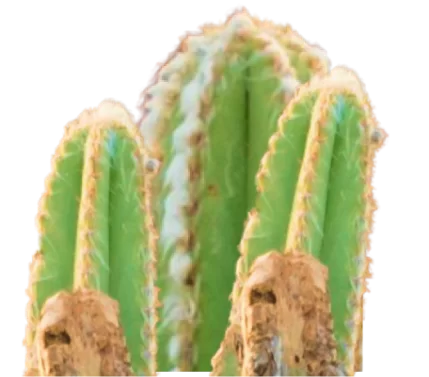
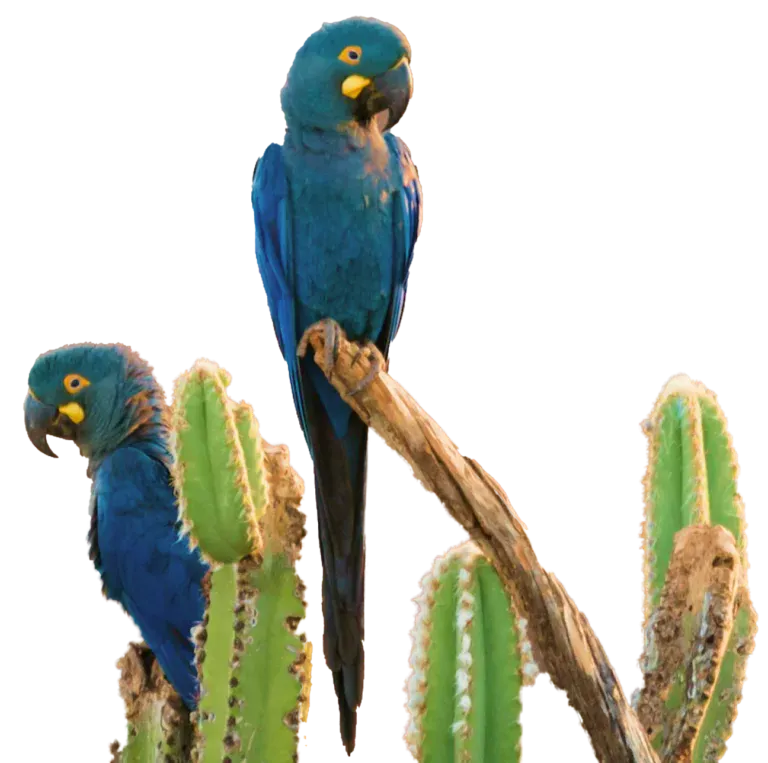
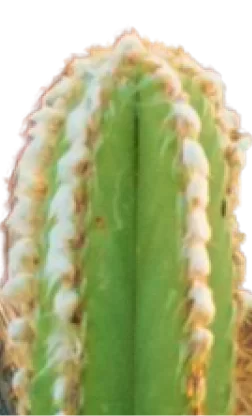

















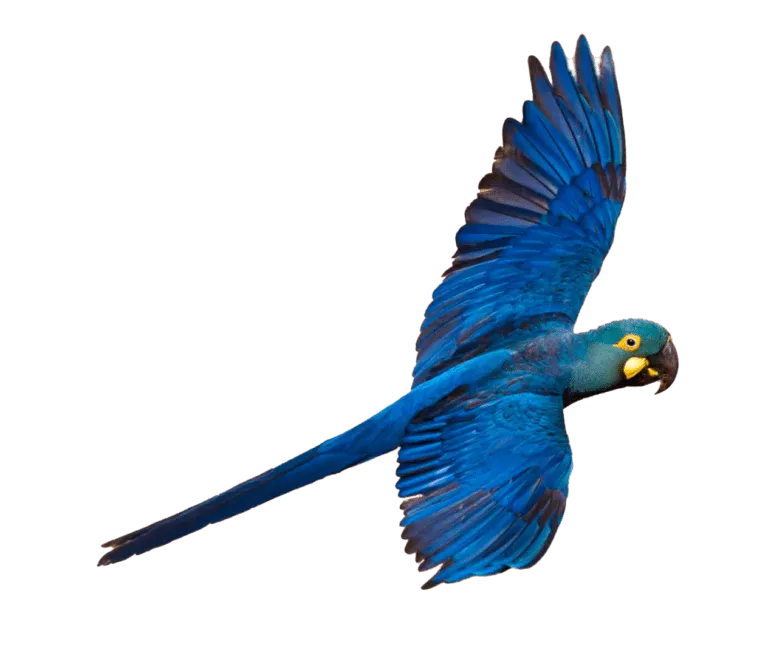
First Record
Described in 1856 from stuffed specimens in Europe, the Lear's Macaw remained an enigma for decades. Although known from illustrations, it had never been sighted by ornithologists in Brazil, raising suspicions of its extinction.
The journey of the Lear’s Macaw is filled with mysteries and fascinating discoveries. In 1823, the bird was discovered, but for many years it was confused with the Hyacinth Macaw. The distinction between the two species began to become clear in 1858, when Charles Lucien Bonaparte, nephew of Napoleon Bonaparte, realized it was a different species. This claim was reinforced by a taxidermied specimen that was deposited in the Paris Museum.
Edward Lear, the first illustrator of the Lear’s Macaw, played a crucial role in differentiating between the two species. Through his illustrations, he highlighted distinct characteristics that set the Lear’s Macaw apart from the Hyacinth Macaw.
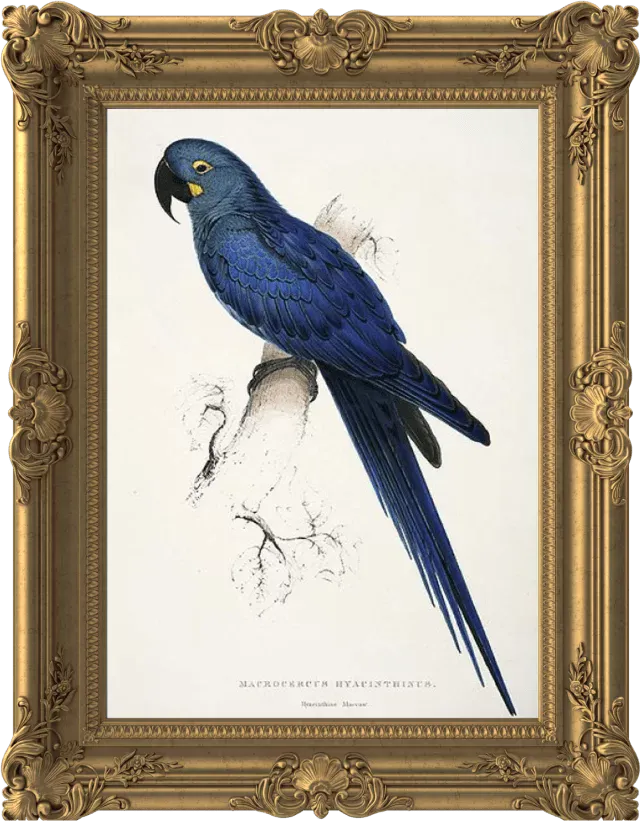
However, the mystery about the existence of the Lear’s Macaw in the wild continued. In 1950, the bird was “rediscovered” by Olivério Pinto at a market in Juazeiro, unraveling one of the biggest enigmas of South American ornithology. The true location of the bird in the wild was only confirmed in 1978 when three researchers, along with local residents, located the species in the northeast of the state of Bahia, south of Raso da Catarina. In the following years, several expeditions were carried out in 1979, 1981, 1983, and 1985, aiming to find more individuals and identify other locations where the bird could be found.
At the time, the population of the Lear’s Macaw was estimated to be between 60 to 200 birds, an alarmingly small number, highlighting the importance of conservation efforts.

155
years later

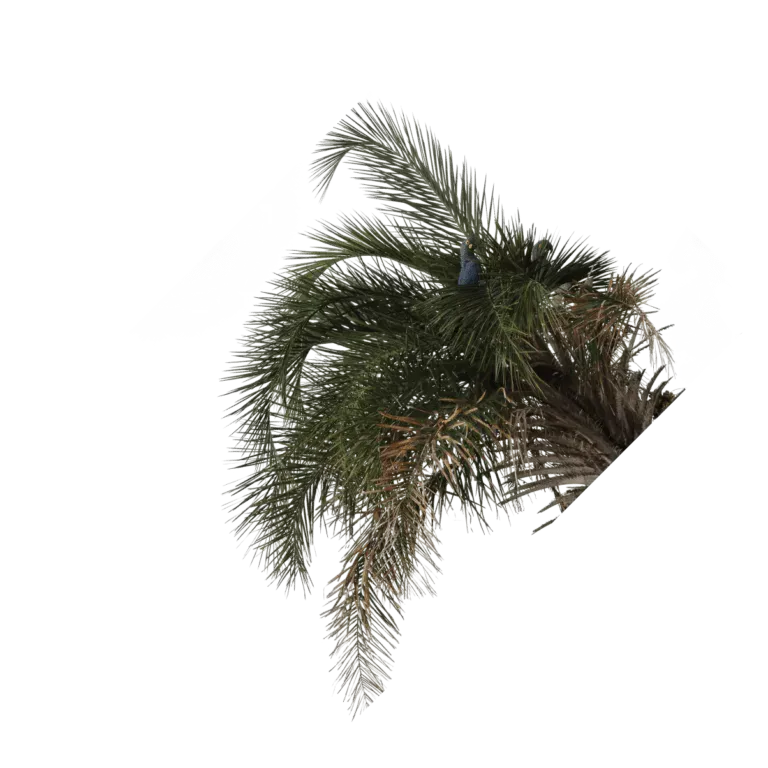



















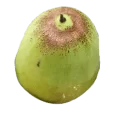
Characteristics of the species






The Lear's Macaw is an endemic species of the Bahian Caatinga, meaning it is found only in this region. Due to this species' exclusive location, the importance of its conservation becomes evident.
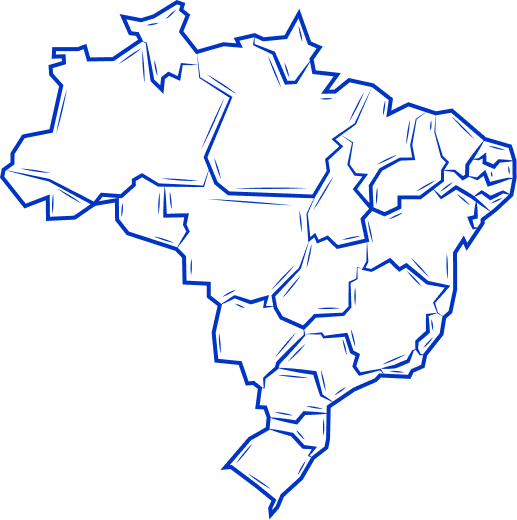
Population Numbers
Boqueirão da Onça: 19
Raso da Catarina: 2254
Feeding
Feeding
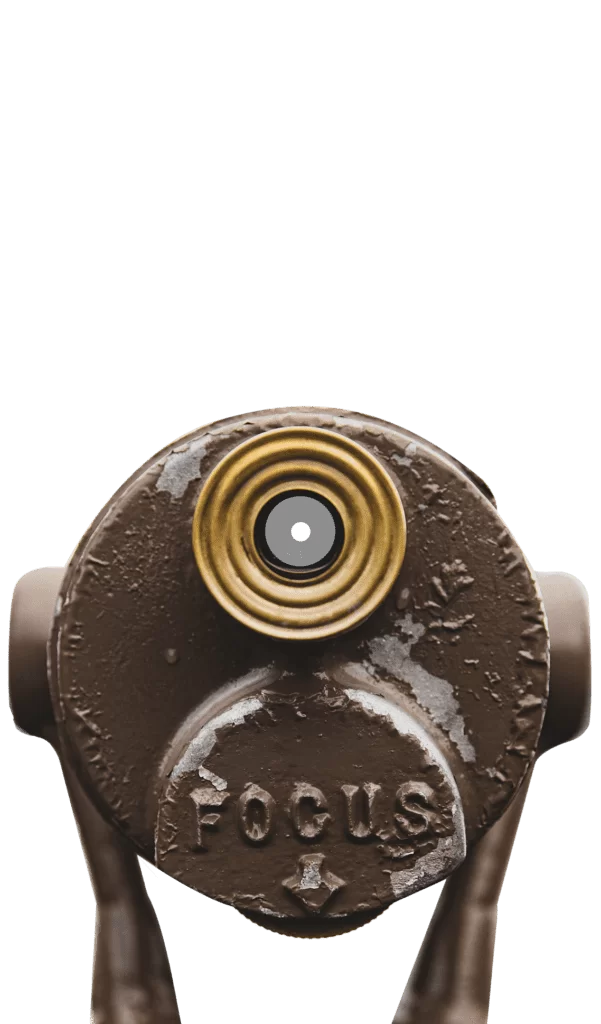
The Licuri, a palm tree typical of arid regions, provides the primary food source for the Lear's Macaw. Habitat degradation and the subsequent reduction of this palm directly impact the feeding and survival of the bird.
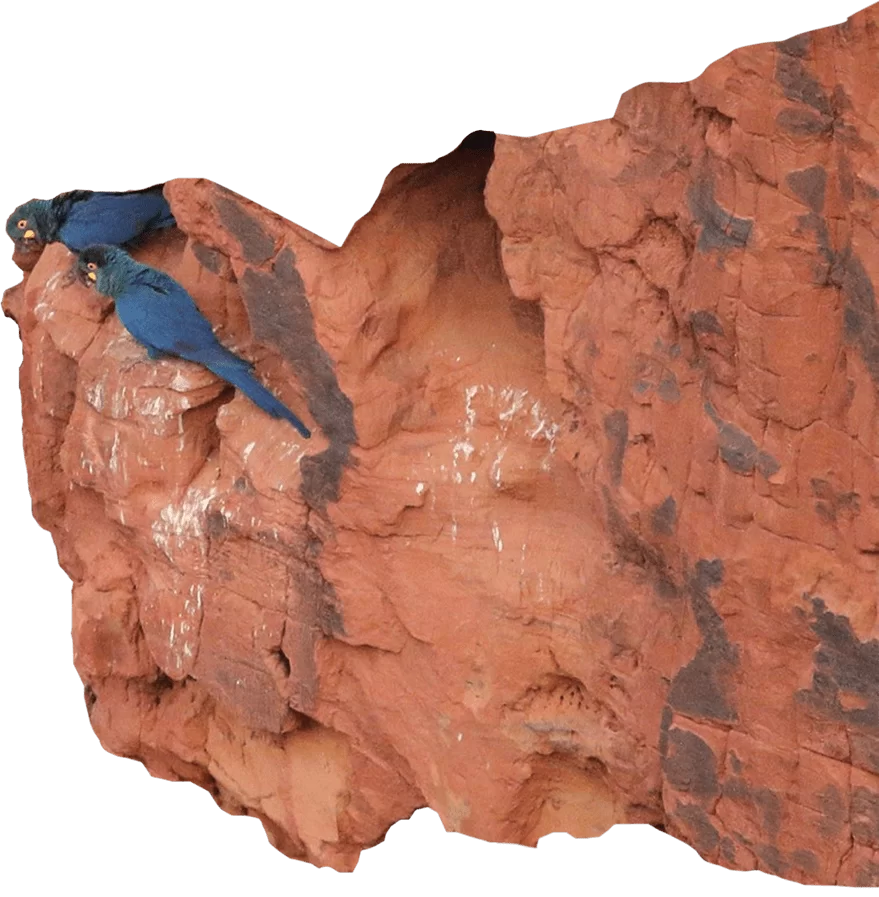
habitat
The Lear’s Macaws have a special affinity for rocky and sandy environments, choosing the imposing cliffs as a refuge. In these geological formations, the cavities not only provide protection against predators and weather adversities but are also essential for the species’ reproduction.
Specifically in Raso da Catarina and Boqueirão da Onça, these cliffs are the only breeding sites for these birds. Preserving these structures is crucial not only for the survival of the Lear’s Macaw but also for the biodiversity and heritage of the region.
Threats
The Lear's Macaw is categorized as "Endangered" by the International Union for Conservation of Nature (IUCN) and faces an imminent risk of extinction in the near future.
This rare species is taken from the wild to meet the demand of the illegal wildlife trade, jeopardizing its conservation.
Deforestation and overgrazing of Licuri palm trees, its main food source, directly impact its diet and survival.
Electricity distribution networks, where the macaws often perch, can cause electrocution and pose serious risks to this rare species.
Competition for cavities with exotic bees, such as the African bee, reduces the safe spaces for nesting.
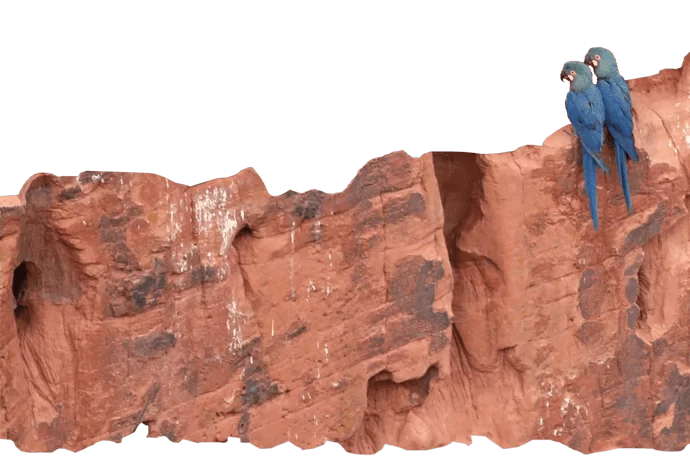
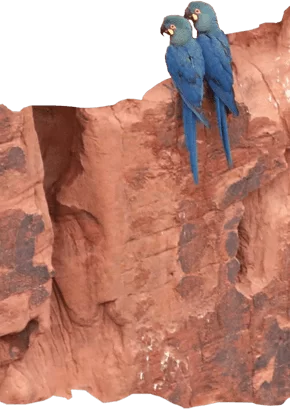
Conservation
Conservation actions are essential to combat these threats. Get to know the "Grupo de Pesquisa e Conservação da Arara-azul-de-lear" (Research and Conservation Group for the Lear's Macaw), which is fighting for the species, and learn more about their crucial work!
We thank the Grupo de Pesquisa e Conservação da Arara-azul-de-lear (Lear's Macaw Research and Conservation Group) for their support in structuring our texts and studies, and photographers Fernanda Lacerda, Cristine Prates, Erica Pacifico, Fernanda Magno, João Rosa, Thatiana Andrade, Patrick, and Thiago Filadelfo for their stunning images.
CONCEPT WEBSITE
Developed by:
Created by Revelatio Studio
